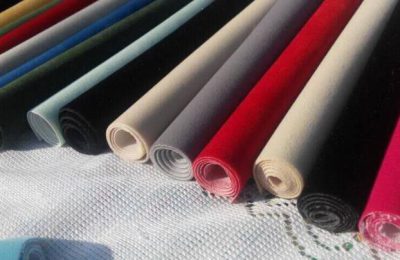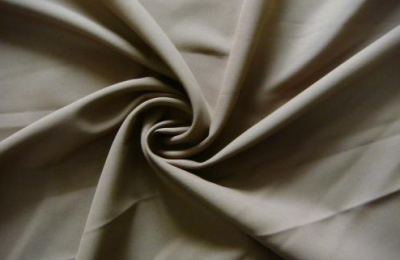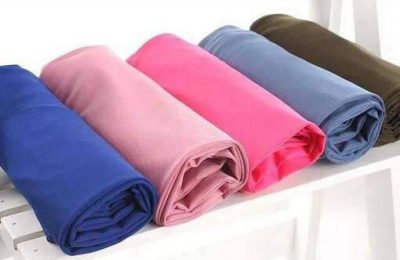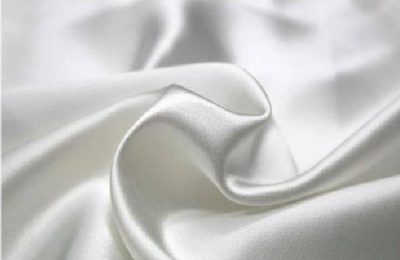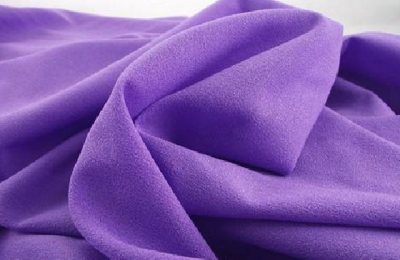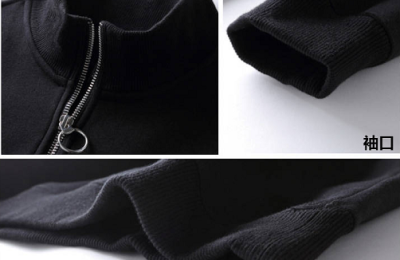Non-woven fabrics are also called non-woven fabrics and non-woven fabrics.
Traditional fabrics, whether woven, knitted or other weaving methods, go through fiber-spinning-weaving, while non-woven fabrics do not need spinning, hence their name.
According to different production processes, non-woven fabrics can be divided into heat-sealed non-woven fabrics, wet-laid non-woven fabrics, stitch-bonded non-woven fabrics, melt-blown non-woven fabrics, dry-laid non-woven fabrics, needle-punched non-woven fabrics, and water-laid non-woven fabrics. Thorny non-woven fabrics and spunbond non-woven fabrics.
American dry-laid non-woven fabrics have good performance and a wide range of applications.
The pollution caused by plastic products has also contributed to its production. In terms of environmental protection, its role is obvious. Its environmental protection is reflected in: 1. Non-woven fabrics are commonly used green and environmentally friendly fabrics, which can effectively reduce environmental pollution.
2. Can be reused many times, tough and durable.
3. Non-woven fabric has strong toughness and is not easy to wear.
Not only is it sturdy and feels good, it is also waterproof and has a beautiful appearance.
Although the individual cost is a bit higher than that of plastic bags, its service life is that one non-woven fabric can be worth many plastic products.
It can be seen that American dry-laid non-woven fabric is an environmentally friendly material. Its environmental performance is reflected in daily applications. It can be recycled multiple times and can replace plastic products without causing pollution.
? American dry-laid non-woven fabrics for sale can be used in air filtration, wallpaper, ground protection, packaging, medical tape, swimming pool filters, desalination front-end treatment, cables, packaging, biofilm technology and other fields.
If you are interested, please click on the store to contact us.
</p



